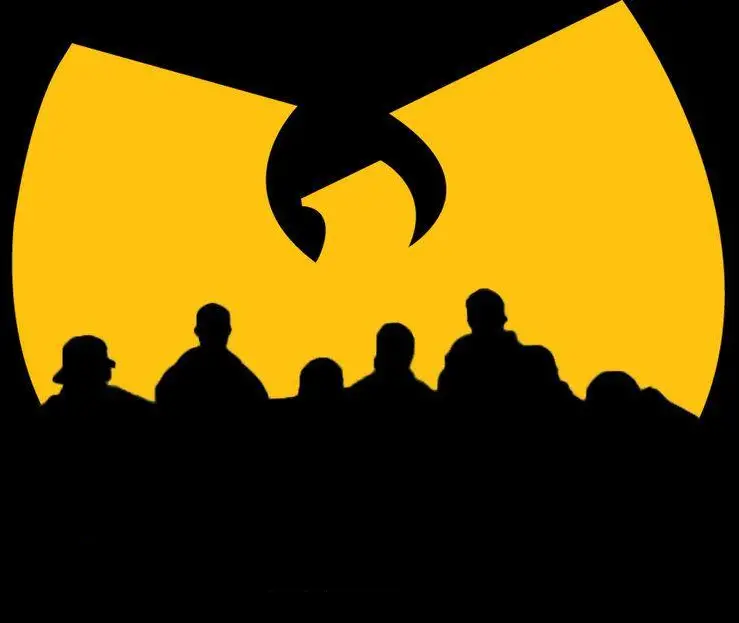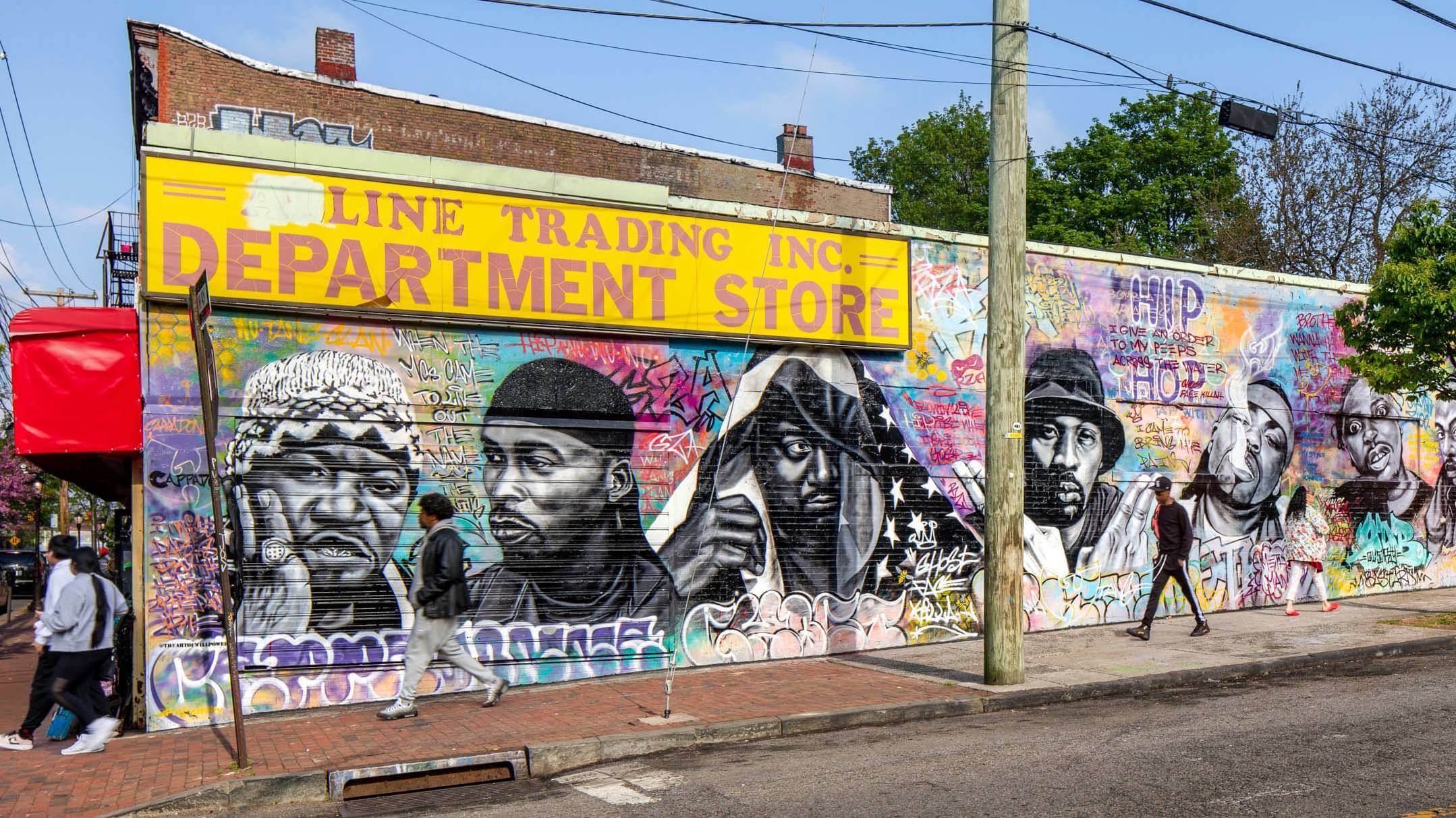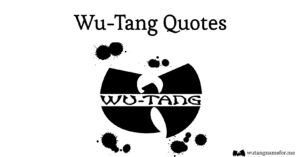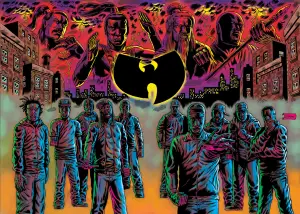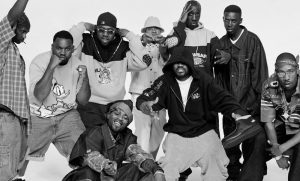Wu-Tang Clan’s Influence on Street Culture and Media
The Wu-Tang Clan is more than just a hip-hop group—they are a movement, a philosophy, and an undeniable force that has shaped street culture, fashion, and underground media for decades. From their raw, unfiltered storytelling to their unique blend of kung fu mysticism and street wisdom, Wu-Tang has left an indelible mark on urban culture worldwide.
The Birth of a Street Movement
Emerging from the streets of Staten Island in the early 1990s, Wu-Tang Clan gave voice to the struggles, triumphs, and realities of urban life. Their debut album, Enter the Wu-Tang (36 Chambers), was a game-changer—introducing an unpolished, gritty sound that resonated deeply with those who lived in similar conditions. Unlike many artists at the time who glamorized street life, Wu-Tang provided an authentic, unfiltered perspective that emphasized the struggles, codes, and survival tactics of inner-city life.
Raw Storytelling and Street Philosophy
Wu-Tang’s music isn’t just entertainment; it’s a reflection of real-life experiences. Tracks like C.R.E.A.M. (Cash Rules Everything Around Me) and Da Mystery of Chessboxin’ offer insights into the hustle, loyalty, and mental strategies necessary to survive in tough environments. Their lyrics carry a deep sense of philosophy, often merging wisdom from martial arts films with street survival tactics, making their art both thought-provoking and relatable to those in similar circumstances.
Wu-Tang’s Impact on Streetwear and Fashion
Wu-Tang’s influence extends far beyond music. Their aesthetic and branding have had a profound impact on streetwear. The iconic Wu-Tang “W” logo has become a global symbol of resistance, power, and authenticity. They were among the first hip-hop groups to create a brand identity that seamlessly integrated into fashion, paving the way for artists today to develop their own clothing lines. Wu-Wear, launched in the late 90s, was one of the earliest examples of a successful artist-driven streetwear brand, inspiring brands like Rocawear, Sean John, and others.
Wu-Tang Logo in Street Art
A graffiti-style mural of the Wu-Tang “W” logo in an urban setting.
Shaping Underground Media and Hip-Hop Culture
Beyond fashion, Wu-Tang’s DIY approach to media and marketing set a precedent for independence in the industry. They embraced underground and alternative platforms to distribute their music, bypassing traditional industry gatekeepers. Their unique business model—where each member pursued solo careers while maintaining loyalty to the Wu-Tang brand—revolutionized how artists approached group dynamics in hip-hop.
Moreover, Wu-Tang’s aesthetic, blending gritty street visuals with kung fu influences, has permeated underground media, inspiring countless documentaries, indie films, and hip-hop publications. Their impact can be seen in everything from mixtape culture to the rise of independent rap blogs and digital platforms that focus on raw, authentic storytelling.
Wu-Tang and Gang-Affiliated Communities
While Wu-Tang was never a gang, their music resonated deeply with communities entrenched in street life. Their themes of loyalty, struggle, and self-empowerment spoke to many in marginalized communities. Instead of glorifying gang culture, Wu-Tang presented a narrative that emphasized survival, brotherhood, and strategic thinking, offering an alternative path through knowledge and self-discipline.
As their legacy grows, Wu-Tang remains a symbol of authenticity, resilience, and artistic innovation—proving that their impact on the streets and beyond is truly forever.
Wu-Tang is forever.
